Valleseco is the youngest municipality in Gran Canaria. It used to be a passing post to Teror until 1842, and on 29th January of that year it was granted municipality status for the first time. And now, many years on, the stunning village of Valleseco is the choice every weekend for hikers from all over the island as their preferred walking hotspot.
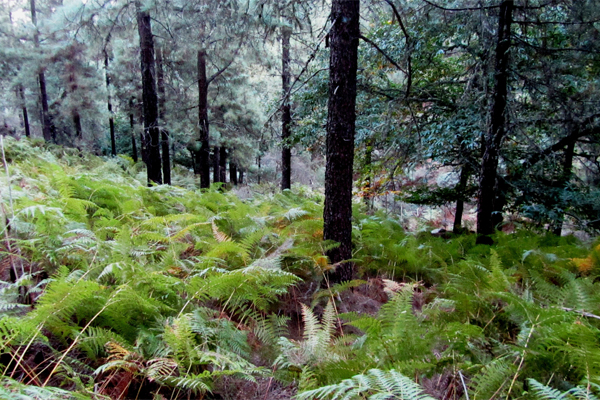
Barranco del Norte is not only one of the longest ravines in Gran Canaria, it is also one of the most humid, making it the favourite one among hikers looking to reach the centre of the island from the north. It starts at the summit at 1,625 metres altitude and opens up down at the north coast, at the village of San Andrés, in Arucas. All along its route it undergoes numerous name changes as it passes through different locations. The hamlet of Caserío de Cueva Corcho is situated in an area called Barranquillo de Peñones.
We recommend visitors make a beeline for this part of the municipality, and to Cueva Corcho, a tiny hamlet that invites people to take a stroll and to enjoy the lush natural surroundings.
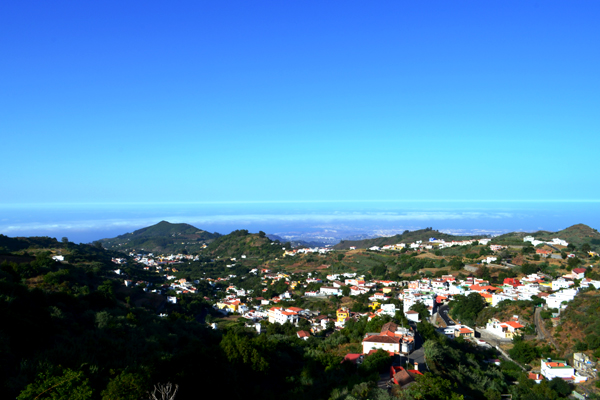
To get there we take the Arucas-Firgas main road, the GC-30, which joins up with the GC- 21 from Teror towards Artenara. We carry on until we reach a crossroads, where see the archway of Cueva Corcho.
This aqueduct is one of most important features of this water channel which drops down some 20 metres. The Crespo water channel, as it is known, is one of the most ancient and important of its kind in the municipality. The archway has recently been restored, but it continues to preserve its original use.
The first image to greet visitors before they walk into the pine forest is a thread of giant rocks that seem to want to lie down and allows visitors to make out the surrounding landscape, at 1,343 metres above sea level.
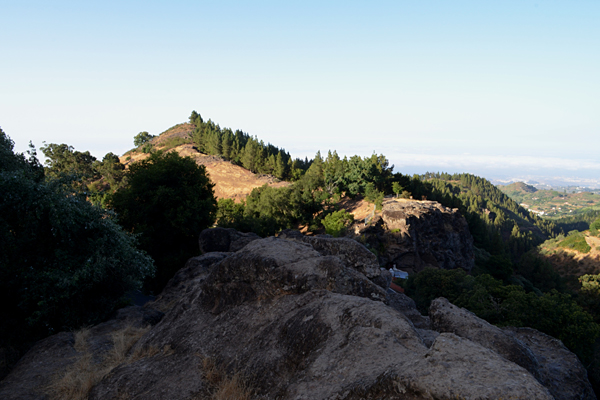
The toponym “Cueva Corcho” (meaning “cork cave”) refers to the beehives that historically used to abound in the local area. The spot we come to today is really a place of cork oak trees, while other trees present may be imported ones, although the oak and cork oak trees are not the only species of trees used to make honeycombs.
It is well known that the term «cork» is the second name, by extension and in frequency, to be given to beehives, with the ones in the Canaries being hewn out of palm tree trunks. This term is still used today on the islands of Tenerife and El Hierro, the latter being the island where most of these kinds of linguistic expressions from past centuries are kept alive.
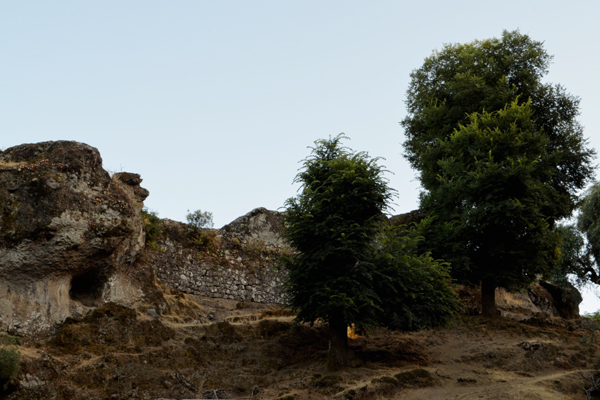
It is also worthwhile mentioning the hives are used in the manufacture of candle wax, an activity which became prolific in the Canaries in the 16th and 17th centuries, in which the Cabildo island government authorized a «beehive seat» on public land to successful applicants.
Although the caring of beehives and bees was also considered a cattle farming activity, the true essence of the landscape around Cueva Corcho is the continual presence of sheep pasturing peacefully on the hillsides, hidden under the shade of poplars, pines and chestnut trees, and in the lingering mist of the lush slopes of the ravine, under the ever watchful eye of their prudent shepherds.
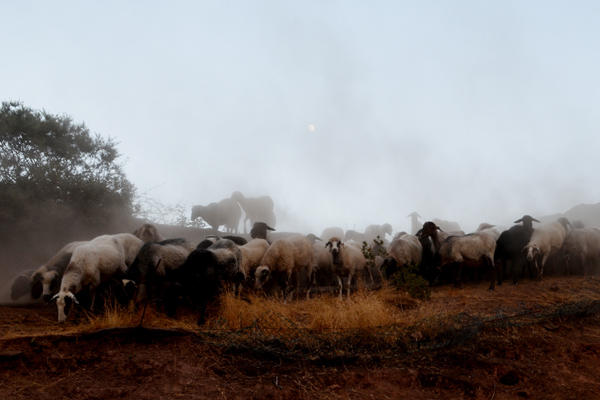
The publication of the book The last migratory shepherds in the Canaries, (Yuri Millares and Tato Gonçalves, Pellagofio Ediciones, 2013) is another of our recommendations. It is an easy read for those interested in migratory shepherding, dealing with an activity that has been gradually dying out on all the islands, except for a few flocks of sheep in the north of Gran Canaria.
Not only do shepherds and sheep move around this area, it is also part of a route for hikers and mountain bike enthusiasts. It stands out for being part of the section that the Transgrancanaria mountain race covers, a top sporting event that has been running since October 2003, providing a wonderful opportunity to cross the mountainous terrain of Gran Canaria, and a great challenge for the sports-minded.